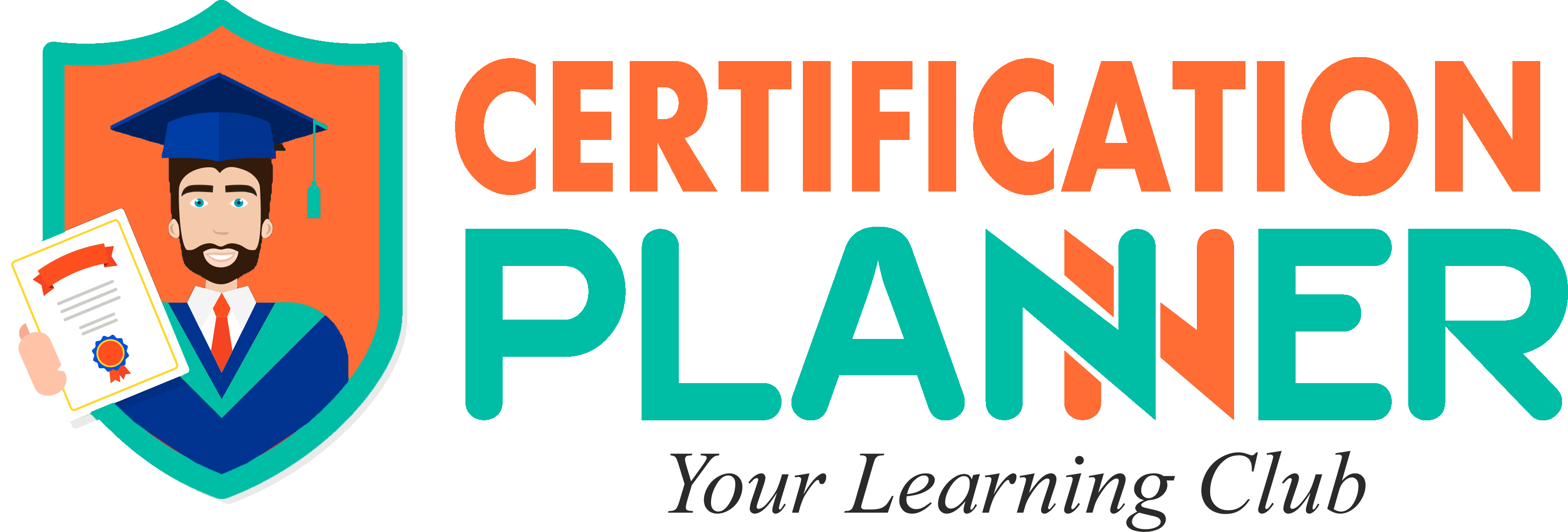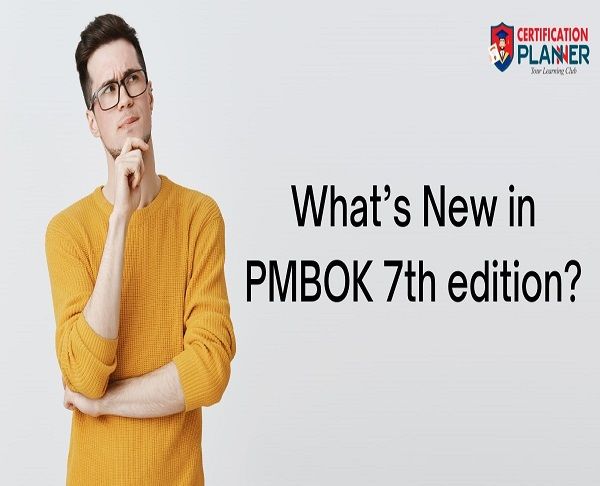What’s New in PMBOK 7th edition?
What is PMBOK?
PMBOK is a Project Management Body of Knowledge, which is a collection of guidelines, vocabulary, and most beneficial practices of project management. It is directed by the Project Management Institute (PMI). It includes numerous methods and procedures for project management and, considering the amount of knowledge is also evolving, is constantly being enlarged and modernized.
Project Management Institute (PMI) has released the PMBOK 7th Edition guide in August 2021. If you are interested in getting your PMP certification, then PMBOK is one of the most powerful sources when getting ready for the PMP exam. The PMBOK 7th edition will guide the candidates for PMP and CAPM certification records of PMI. It is an influential learning resource, a powerful document, and a great guide to the collection of standards, systems, best practices in planning and executing projects favorably.
Project management is essential for companies of all types and sizes. But for big organizations, applying a standard for project management and empowering the role of project manager benefits in improving results. The guide sets out reliable and agreement-based practices that are used worldwide.
The American National Standards Institute identifies it as the root of project management standards.
Importance of PMBOK
PMBOK, the Project Management Body of Knowledge is the core of the best systems, methods, and terms that are practiced as standards in project management organizations. PMBOK is important, as it stands over you and openly affirms that you are an expert and able to support and represent the project management. The guide has constantly been updated to exhibit new knowledge, methods, and best practices.
For project managers, a comprehensive set of the most beneficial practices is important as PMBOK is the standard by which PMP certification is accomplished.
It has many breakthroughs that led to the publishing, and it also includes the first credential for the (PMP) Project Management Professional and certifications being awarded.
The foremost thing which hits you if you read the PMBOK Guide is its extensive range of Knowledge Areas. As you can see below, it includes all the topics along with Procurement Management which is rarely covered in the other guides.
What are the changes from PMBOK Guide’s sixth edition to the seventh edition?
The PMBOK 7th Edition has radical changes, and a big change from cascade project management methods to agile and holistic project delivery methods. Depending on the project characteristics, industry, conditions of the stakeholders, and organization, project managers tend to apply various strategies when delivering projects. These plans can be predictive, agile, or hybrid.
|
|
PMBOK Guide 6th Edition |
PMBOK Guide 7th Edition |
|
Overall Approach |
Determined and not indicative more weightage on how but not on what or why |
policies to guide mindset, actions, and behaviors, indicated in bodies of knowledge for project delivery, agile, lean, customer-created design, etc. |
|
Source for design |
Specific processes transform inputs to outputs applying tools and techniques. System-based and bearings more compliance-driven.
|
Domains of communicating, interdependent sectors of activity with production outcomes also an overview of usually used tools and techniques, artifacts, and structure. Focus on project outcomes in extension to deliverables.
|
|
Project Environment |
Internal and external |
Internal and External |
|
Project Operations |
More projects, most of the time |
Unspecified projects |
|
Target Audience |
Basically project managers |
Anyone engaged in the project with a precise focus on team members and team functions, plus the project lead, patron, and product owner. |
|
Level of Change |
Incremental change based on the prior edition |
Principle-based to exhibit the full value delivery aspect. |
|
Tailoring Guidance |
References to tailoring, but no precise guidance |
Precise tailoring guidance is rendered |
The degree of change in the PMBOK Guide Seventh edition is more notable than what you may have seen in the previous edition. It has reorganized the content and added a system-based formation that reviews the what and why of the project management.
The model has shifted from processes to principles. The 12 project management principles in The Standard for Project Management are built around a set of records that guide the activities and operations of project management practitioners despite the development procedure.
Here are the 12 principles in the PMBOK 7th edition, which define the “what” and “why” of the project delivery.
- Stewardship
- Team
- Stakeholders
- Value
- Holistic Thinking
- Leadership
- Tailoring
- Quality
- Complexity
- Chances & Threats
- Flexibility & Resilience
- Change Management
The target audience has shifted from only project managers to anyone engaged in a project, with a precise focus on team members and team operations. And The Project Environment continues the same with concentrating on internal and external influences.
The addition of an extended list of tools and techniques in a new segment of the guide is titled “Models, Methods, and Artifacts”—Along with the extra content on how to implement these tools and techniques by project model, improvement approach, and industry sector are open on a digital platform and PMI standards.
The Standard for Project Management is the report that conveys the (ANSI) American National Standards Institute designation. The PMBOK Guide provides a structure for applying the standard. Rather than focusing individually on the deliverables of projects, PMI helps to put the focus on project outcomes, too.
The next edition exhibits the full spectrum of development approaches, without choice for one over another.
PMI's also provide particular reflections for tailoring the development approach and methods to the different features of the project.
How much does the 7th edition cost?
PMBOK Guide - Seventh edition costs US$99. As a routine practice, PMI members will get access to a digital variant of the PMBoK® Guide - Seventh Edition, for free and get a discounted rate on buying a print copy.
Members of North America will get a 50% discount through IPG and members of non-North America will get a 40% discount through Eurospan.
Where is the PMBOK Guide Seventh edition available?
PMBOK 7 is now available and can be downloaded by all PMI active paid members through the PMI Website. It is a compact 370-page book that does not replace the detailed PMBOK 6th Edition which is 794 pages. Rather, it gives an additional path and adds more regard to project management.
Conclusion:
The PMBOK Guide – Seventh Edition includes an improved The Standard for Project Management that will support the versatility by utilizing a principle-based framework for the standard and production domains for the guide. The foremost thing which hits you if you read the PMBOK Guide is its extensive range of Knowledge Areas. It includes all the topics which are rarely covered in the other guides.





Comments (0)